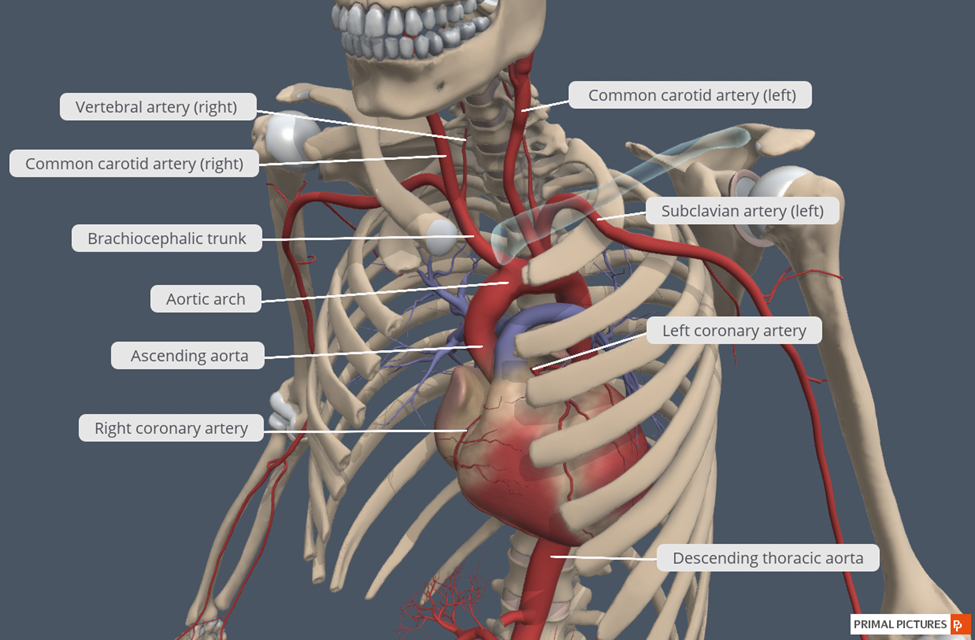 |
Picture is an older boy holding up younger, smaller boy up against wall in school, taking his money. Picture from website
|
Bullying as a general term brings up
the picture of the big kid in the playground who beats up the small kid to get
his lunch money. The kid that was bullied went home and felt safe there because
the bullying only happened in the school yard. Technology came and evolved,
introducing cyberbullying. Cyberbullying encompasses all the same feelings of physical
bullying but adds in another dimension. It never stops. It can follow you
everywhere and the one being bullied cannot find a safe space to ever escape.
It is always surprising on how far the cyberbullying can reach someone. |
| Photo is a cartoon of boy sitting on the floor crying with cell phone on floor and words in bubbles like they were texted. Words are Freak, Ugly, Loser, Nerd, and Stupid. Backpack on floor. Picture is from website. |
Thinking of how I have had lessons for
social emotional learning involving bullying before with middle school
students, there is a delicate balance of how to approach it. In the actual
lesson, starting with a video that involves students and not adults is always
attention grabbing and gets the conversation flowing. The largest problem is
that you must focus on reminding students not to bully anyone in any situation,
but at the same time realize it takes place and you need to cover how to help
those being bullied too. Most students that have a relationship with a teacher
or staff member leading the lesson will talk about their experiences with bullying.
Most students always have something to share. It is tricky with cyberbullying
because it is harder to “catch” for the teachers or adults. It again comes down
to relationships that have been built at the school or with other supportive
adults. If a student is being bullied, they need to feel comfortable reporting the
incident to an adult. The student needs to know they are not alone in their
situation. This is one reason it is vital not to overwhelm teachers to the
point they do not have the time to build the relationships with students so
they can notice when someone is acting different than their normal. This week’s
module is a reminder that bullying in any form can be a silent killer for students.
Being attuned to watch any signs of one that is bullying as well as those being
bullied become equally important to stop cyberbullying.
In the article, “From the Sandbox to the Inbox: Comparing
the Acts, Impacts, and Solutions of Bullying in K-12, Higher Education, and the
Workplace” it expands and relates bullying, cyberbullying, and harassment
by looking closely at it from an early age to adult age, following the K-12
issues, college, and eventually the workplace. The anonymity that can exist
with cyber bullying also puts a different spin on how to stop it when you do
not have proof of who engages in it. Also relating bullying to all ages and situations
helps shed light that it is a continuous problem, so punishments are tricky when
it comes to prevention or stopping it from happening. Another article to highlight
is, “What Parents Can Do to
Prevent Cyberbullying: Students’ and Educators’ Perspectives” and how it
promotes kindness as a weapon against bullying. I do think lessons in kindness
with examples in “cyber-kindness” and having adults be a role model in showing
kindness to all people is worth so much in the prevention or reduction of
bullying at schools. These lessons can be embedded throughout the school year
as well as a partner to any bullying lessons done.
There are not a lot of answers just
yet of what exactly works to prevent or stop bullying, but the more everyone is
aware of what to look for and on the same page that it is wrong and detrimental
to someone now and in the future, the more we can move forward in our fight
against bullying.
Here are a few takeaways from this
week’s module:
- Videos that involve students in the making of
them have a bigger impact on kids. However, if the video goes too far in the depiction,
the message is lost as the students will only dwell on how shocking the video
was to watch.
- Whether you are in kindergarten or in the
workplace, bulling and harassment are harmful and unwarranted behaviors.
- Cyberbullying can be done via e-mail, chat
rooms, online gaming communities, or social media. It is vital for
parents/guardians to be aware of what their student is involved with online.
- Too many victims suffer in silence and
bullying is underreported. It is important to encourage bravery in other
students to speak out for people that are not able or afraid to speak out for
themselves if they see bullying take place.
- Solutions are not simple nor are they one size
fits all. Building relationships and promoting kindness, are some of the most
important ways that might help prevent bullying from reaching a devastating
outcome.
 |
| Photo is off school supplies and a slogan of No More Bullying-Acceptance-Kindness-Respect-Friendship-Compassion. Also Alexa James Co. is creator and image can be found at this website |
Resources:Cassidy
W, Faucher C, Jackson M. What parents can do to prevent cyberbullying: students’
and educators’ perspectives. Social Sciences. 2018; 7(12):251. https://doi.org/10.3390/socsci7120251
Faucher,
C., Cassidy, W., & Jackson, M. (2015). From the sandbox to the inbox:
Comparing the acts, impacts, and solutions of bullying in K-12, higher
education, and the workplace. Journal of Education and Training Studies, 3(6),
111-125. http://dx.doi.org/10.11114/jets.v3i6.1033










